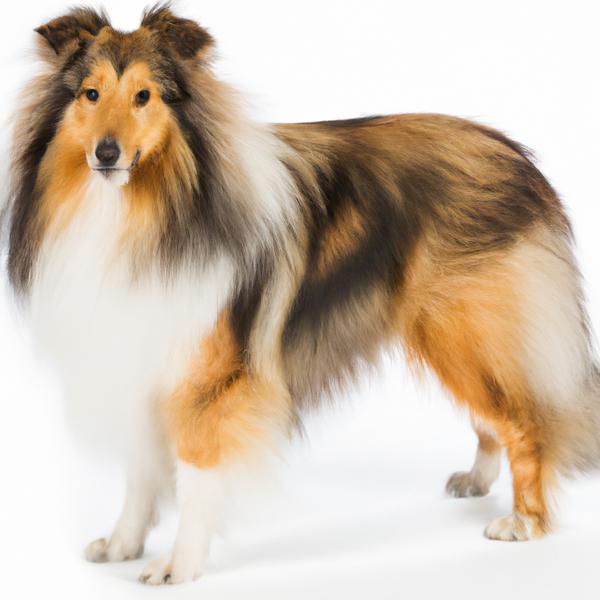Shelestie vs. Papi-poo: Breed Differences and Similarities
Hypoallergenic
Are Shelesties or Papi-poos hypoallergenic, or neither?
Unfortunately, neither Shelestie nor Papi-poo are hypoallergenic, which may not make them the best choice for dog lovers who suffer from pet allergies.
Temperament
What are the personalities of Shelestie and Papi-poo dogs?
Playful
Independent
Alert
Courageous
Intelligent
Friendly
Responsive
Affectionate
Lively
Gentle
Active
Happy
Energetic
Alert
Intelligent
Friendly
Trainable
Faithful
Instinctual
Shedding Level
Do Shelesties shed more than Papi-poos, or which breed sheds more, Shelesties or Papi-poos?
Shelesties are low shedding dogs, requiring minimal coat care.
Papi-poos shed very little hair, making them a great choice for those who dislike excess hair in the house.
Watchdog Ability
Which dog breed makes a better watchdog, the Shelestie or Papi-poo?
Avoid Shelesties as watchdogs - they're not effective.
Papi-poos aren't great guard dogs; they tend to just watch without taking action.
Origin
What is the origin of Shelestie and Papi-poo dog breeds?
United States
United States
Ancestry
What are the origins of Shelestie and Papi-poo breeds?
West Highland White Terrier and Shetland Sheepdog
Poodle and Papillon
Breed recognition
Which kennel clubs recognize/register Shelestie and Papi-poo?
ACHC = American Canine Hybrid Club
DDKC = Designer Dogs Kennel Club
DRA = Dog Registry of America, Inc.
ACHC = American Canine Hybrid Club
DBR = Designer Breed Registry
DDKC = Designer Dogs Kennel Club
DRA = Dog Registry of America, Inc.
IDCR = International Designer Canine Registry®
Date of Birth
When were Shelestie and Papi-poo breeds first developed?
1990s
Eye Color Possibilites
What are the eye colors of Shelestie and Papi-poo dogs?
Brown
Brown
Amber
Nose Color Possibilites
What are the natural nose colors of Shelestie and Papi-poo?
Black
Black
Coat Color Possibilites
What are the natural colors of the coat for Shelestie and Papi-poo breeds?
Black
Brown
Fawn
Cream
White
White
Cream
Gray
Red
Sable
Black
White
Coat Length
What is the typical coat length for Shelestie and Papi-poo breeds?
The coat of Shelestie and Papi-poo dogs falls in the medium-length category.
Coat Density
What is the density of the coat of Shelestie and Papi-poo?
Coat Texture
What is the hair texture of Shelestie and Papi-poo?
Wavy
Litter Size
What is the usual litter size for Shelestie and Papi-poo?
A Shelestie can have a litter of 4-6 puppies on average. However, it's worth noting that the size of the litters can vary greatly. Factors that can influence litter size include the health of the mother, breeding history, and genetics.
A Papi-poo can have a litter of 2-4 puppies on average. However, it's worth noting that the size of the litters can vary greatly. Factors that can influence litter size include the health of the mother, breeding history, and genetics.
Adaptability
Shelestie and Papi-poos are known for their adaptability and versatility. They are capable of adapting well to a wide range of lifestyle changes and living environments, making them great companions for families and individuals of all lifestyles.
Health Issues
Between Shelestie and Papi-poo, which breed is more prone to health problems?
Shelesties typically have low vet costs due to their good health, but it's important to monitor their health and seek vet care when necessary.
While the Papi-poo breed is generally healthy, occasional vet check-ups are still necessary to address any health concerns.
Major Concerns
What are the major health concerns for Shelestie and Papi-poo breeds?
Hip Dysplasia
Legg-Calve-Perthes Disease
Craniomandibular Osteopathy
Epilepsy
Von Willebrand's Disease
Hypothyroidism
Addison's Disease
Legg-Calve Perthes Disease
Collapsed Trachea
Minor Concerns
What minor health issues should be kept in mind when owning Shelestie and Papi-poo?
Patellar Luxation
Cataracts
Von Willebrand's Disease
Hypothyroidism
Collie Eye Anomaly
Patellar Luxation
Hypoglycemia
Eye Problems
Occasional Tests
What occasional tests are recommended for Shelestie and Papi-poo breeds?
Blood
Hearing
X-Rays
Eye Examination
Physical Examination
Hip and Knee
Optical Examination
Buccal Mucosal Screening
Full Physical Examination
Blood Work and Urine Tests
Full Chemistry Panel Tests and Blood Count
Physical and Neurologic Examination
Blood Tests and Analysis
X-rays or other radiographic imaging
Echocardiography (ultrasound)
ACTH Test
Energy
How do the energy levels of Shelesties and Papi-poos compare?
Shelesties are suitable for those with a balanced lifestyle as they have an average energy level.
Papi-poos' high energy levels make them unsuitable for a low-key dog, choose accordingly.
Social Needs
Shelestie vs Papi-poo social needs comparison
Shelestie has above average social needs and thrives with interaction with humans and other dogs.
Papi-poo has very high social needs and requires regular mental and physical stimulation, a job or purpose, and companionship.
Exercise Needed
Shelestie vs Papi-poo exercise need comparison.
Shelesties require significant physical activity and suit those with an active lifestyle.
Papi-poos need only a small amount of physical activity, ideal for busy or elderly people or those with limited space.
Sleeping Need
Which of the two sleeps the most/least: Shelestie or Papi-poo?
Shelestie and Papi-poo dogs tend to sleep less than some other breeds, but it's still important for them to get adequate sleep in order to maintain good health.
Tendency to Bark
Do Shelesties or Papi-poos bark more/less frequently?
Shelesties bark moderately when necessary and may also bark due to certain triggers like fear, alarm, boredom, greeting, separation anxiety and compulsive barking.
Papi-poo dogs are generally less vocal than other breeds and only bark when necessary, such as to alert their owner or communicate.
Mouthiness
Mouthiness Comparison: Shelestie vs Papi-poo?
Roaming urge
Shelestie vs Labrador: Running away tendency?
Prey Drive
Shelestie or Papi-poo - which breed has a higher level of prey drive?
Activity Level
Which breed has higher energy, Shelesties or Papi-poos?
Both Shelestie and Papi-poo are medium-energy dogs that enjoy socializing and playing with other dogs. They may engage in casual or sustained games of chase, and occasionally have bursts of barking or racing around the house.
Tolerance of being left alone
Walks per Week
How many miles should Shelestie or Papi-poo walk each week?
There's really no limit to how far you walk your dog as long as they're comfortable. For Shelestie, it's at least 8 miles / week. Just remember to build distance and stamina gradually over time.
There's really no limit to how far you walk your dog as long as they're comfortable. For Papi-poo, it's at least 7 miles / week. Just remember to build distance and stamina gradually over time.
Activity per Day
Do Shelesties or Papi-poos require more exercise?
In general most Shelesties usually need at least 45 minutes of exercise daily. This can be spread across the day and include all sorts of high-energy activities, like walking, running and playing.
In general most Papi-poos usually need at least 60 minutes of exercise daily. This can be spread across the day and include all sorts of high-energy activities, like walking, running and playing.
Grooming
Which breed is easier to maintain in terms of grooming, Shelesties or Papi-poos?
Shelesties have high grooming needs, requiring regular trims and professional grooming assistance to keep their coat healthy.
Papi-poos require significant grooming, including regular trims and professional grooming assistance to maintain their coat. They may also require frequent bathing to keep their coat and skin healthy.
Brushing Frequency
What is the recommended brushing frequency for Shelestie and Papi-poo dogs?
Shelestie should be brushed at least once a week. Of course you can give them more frequent brushes if you find that they are still shedding a lot
Ideally, Papi-poo should be brushed at least 2 or 3 times a week (preferably daily) improve shedding.
Brushing Tools
What brushing tools are used for Shelesties and Papi-poos?
Pin Brush
Slicker Brush
Scissors
Nail Clipper
Pin Brush
Dematter
Comb
Nail Clipper
Cups
How much food should be given to Shelestie or Papi-poo in cups?
For an average 10-20 pound (5 - 9 kg) Shelestie feed 3 cups daily. But, keep in mind, the amount you feed is going to be dependent on the quality of the food you are feeding.
For an average 7-14 pound (3 - 6 kg) Papi-poo feed 1 cups daily. But, keep in mind, the amount you feed is going to be dependent on the quality of the food you are feeding.
Daily Cost
Which breed has a higher daily cost, Shelestie or Papi-poo?
The average cost of a Shelestie is somewhere $1.70 - $2.00 per day.
The average cost of a Papi-poo is somewhere $1.40 - $2.80 per day.
Monthly Cost
Which breed has a higher monthly cost, Shelestie or Papi-poo?
The average per month expenses of a Shelestie is between $48 - $63. This makes an average of $576 - $756 per year. It will be on the higher side when the dog is still small because it will need more frequent visits to the vet, shots.
The average per month expenses of a Papi-poo is between $36 - $39. This makes an average of $432 - $468 per year. It will be on the higher side when the dog is still small because it will need more frequent visits to the vet, shots.
Intelligence
Comparing Intelligence: Shelesties vs Papi-poos
Shelestie is a very intelligent and trainable breed.
Papi-poo is highly intelligent and very trainable.
Sensitivity Level
How do Shelestie and Papi-poo compare in sensitivity?
This breed is sensitive to its environment and best suited for patient and understanding families with a consistent routine.
This breed is sensitive and requires gentle handling and a calm home environment.
Affection Dependance
Which is the more affectionate dog breed: Shelestie vs Papi-poo?
Apartment Friendly
Which breed is more apartment-friendly: Shelestie or Papi-poo?
Shelesties are good apartment dogs as long as they get enough exercise and stimulation outside of the apartment.
The Papi-poo is a great apartment dog, thriving with sufficient exercise and time outside as part of their daily routine.
Child Friendly
Do Shelesties or Papi-poos have a friendlier temperament towards children?
Shelesties are good with kids if socialized and trained from a young age.
Papi-poos make excellent family pets for kids due to their gentle, protective nature and calm temperament.
Senior-friendly
Which dog is more suitable as a pet for the elderly - Shelestie or Papi-poo?
Cat Friendly
Do Shelestie or Papi-poo breeds have a better compatibility with cats?
Shelesties are good with cats, but early training is needed to prevent chasing behavior.
Papi-poos are very friendly with cats and make great companions for them.
Dog Friendly
Which breed is more sociable with other dogs: Shelestie or Papi-poo?
Shelesties are friendly and active companions, and can be good family pets, though their friendliness towards other dogs may vary.
Papi-poos are average in their friendliness towards other dogs, and socialization can help.
Pet friendly
How do Shelestie or Papi-poo dogs interact with other pets?
Stranger Friendly
Which breed is more friendly with strangers: Shelestie or Papi-poo?
Shelesties are averagely friendly around strangers but benefit from early socialisation.
Papi-poos are highly friendly around strangers.
Playfulness
Which breed is more playful between Shelestie and Papi-poo?
Shelesties are a playful breed that needs daily playtime to be happy.
Papi-poos are very playful, so adopting an older one might be a better option for a more relaxed experience.
Trainability
How do the trainability levels of Shelesties and Papi-poos compare?
Shelestie and Papi-poo dogs are known for their ease of training and ability to learn quickly, making them a popular choice for pet owners and trainers alike.
Compare Shelestie with other breeds
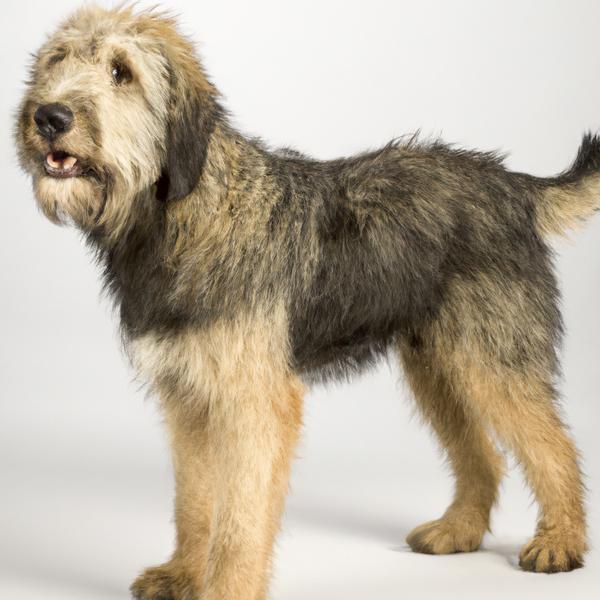
Foxhoodle
Shelestie vs Foxhoodle

Wire Fox Terrier
Shelestie vs Wire Fox Terrier

Stump Double Cattle Dog
Shelestie vs Stump Double Cattle Dog
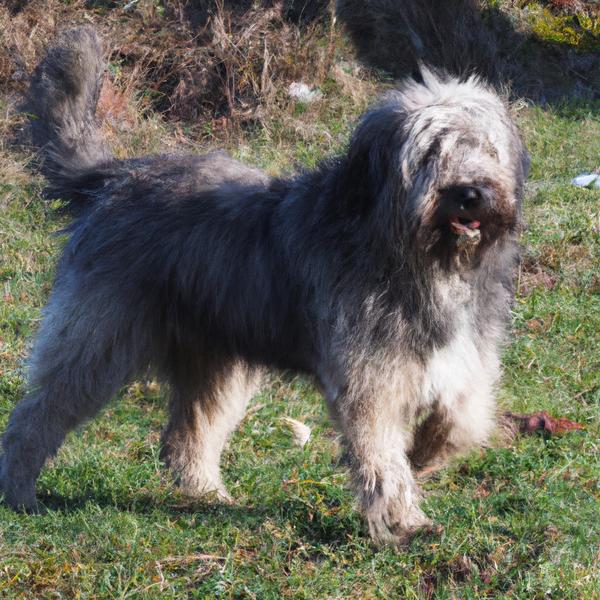
Pyrenean Shepherd
Shelestie vs Pyrenean Shepherd
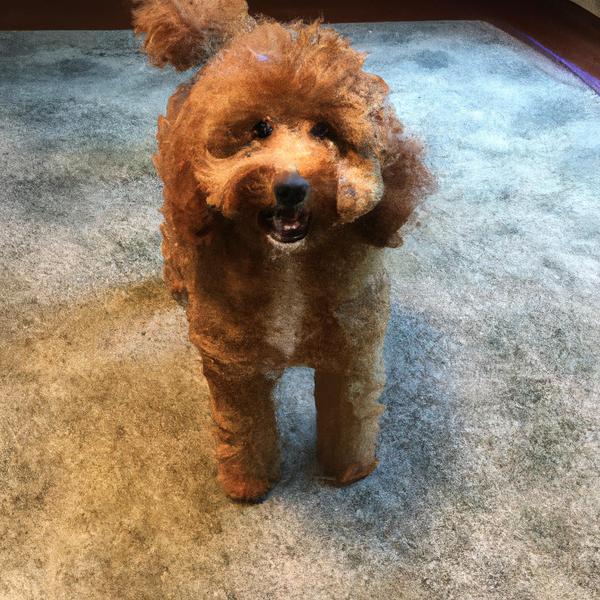
Papi-poo
Shelestie vs Papi-poo
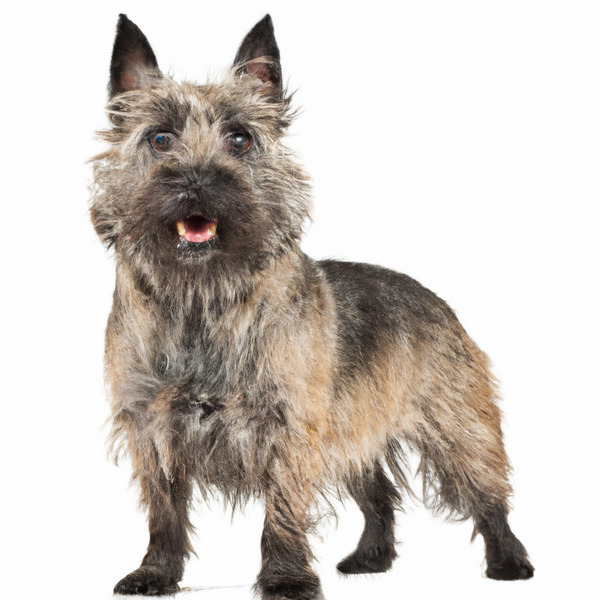
Cairn Terrier
Shelestie vs Cairn Terrier
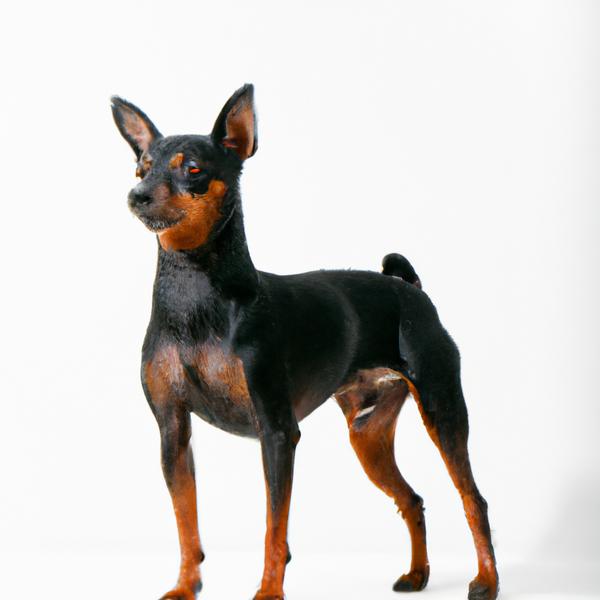
American Rat Pinscher
Shelestie vs American Rat Pinscher
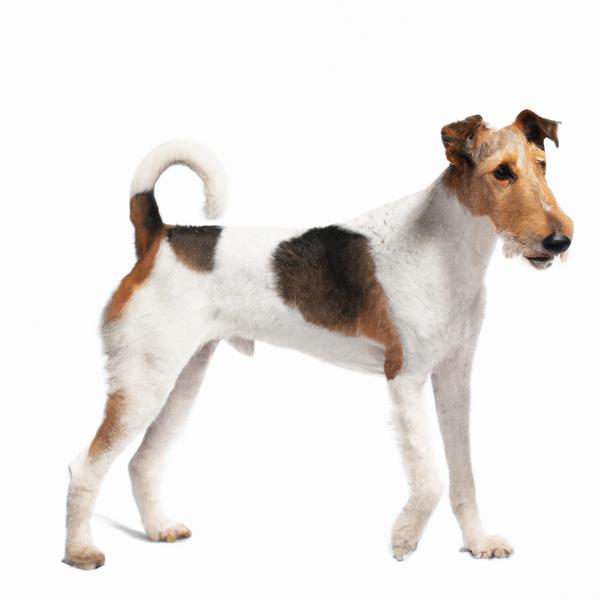
Smooth Fox Terrier
Shelestie vs Smooth Fox Terrier
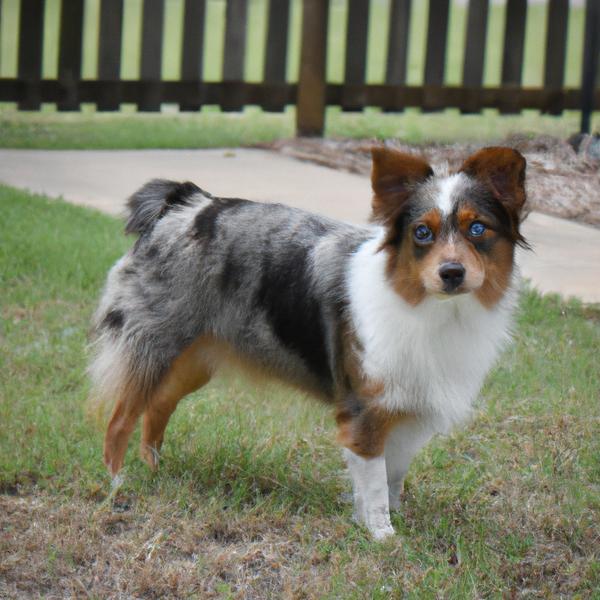
Mini Australian Shepterrier
Shelestie vs Mini Australian Shepterrier
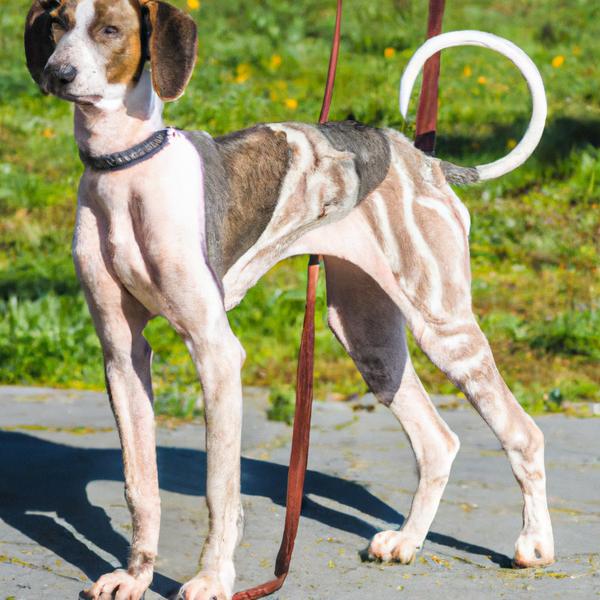
Italian Papihound
Shelestie vs Italian Papihound
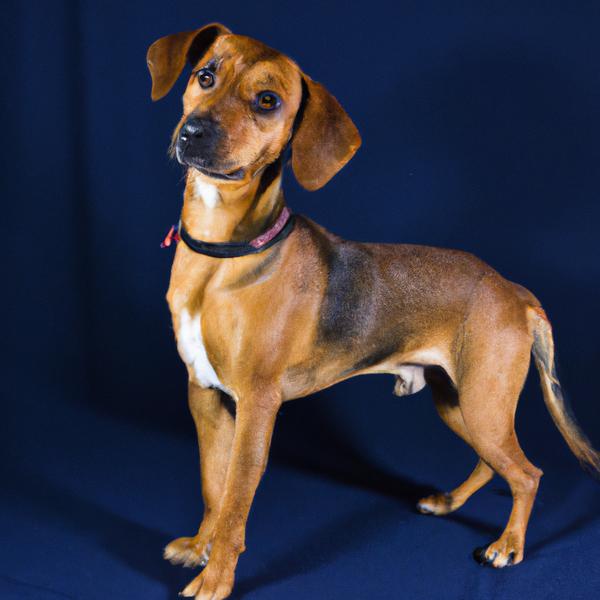
Shethund
Shelestie vs Shethund
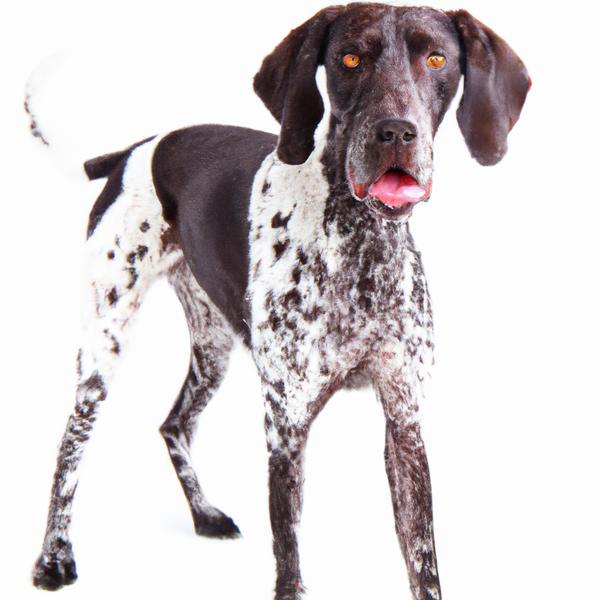
Lab-Pointer
Shelestie vs Lab-Pointer
